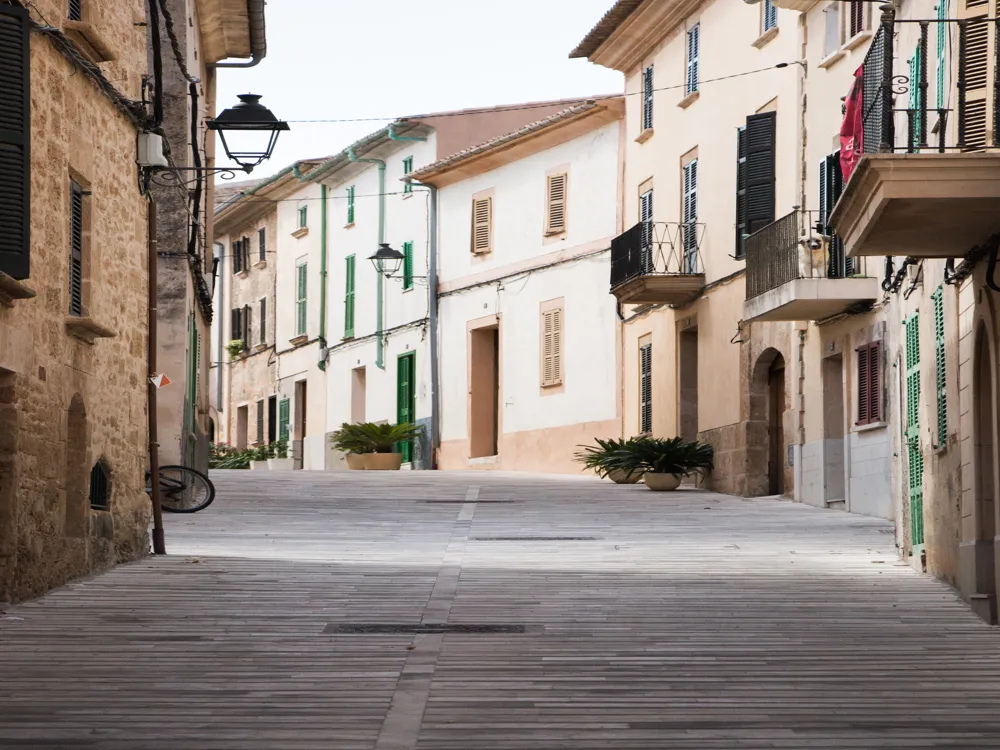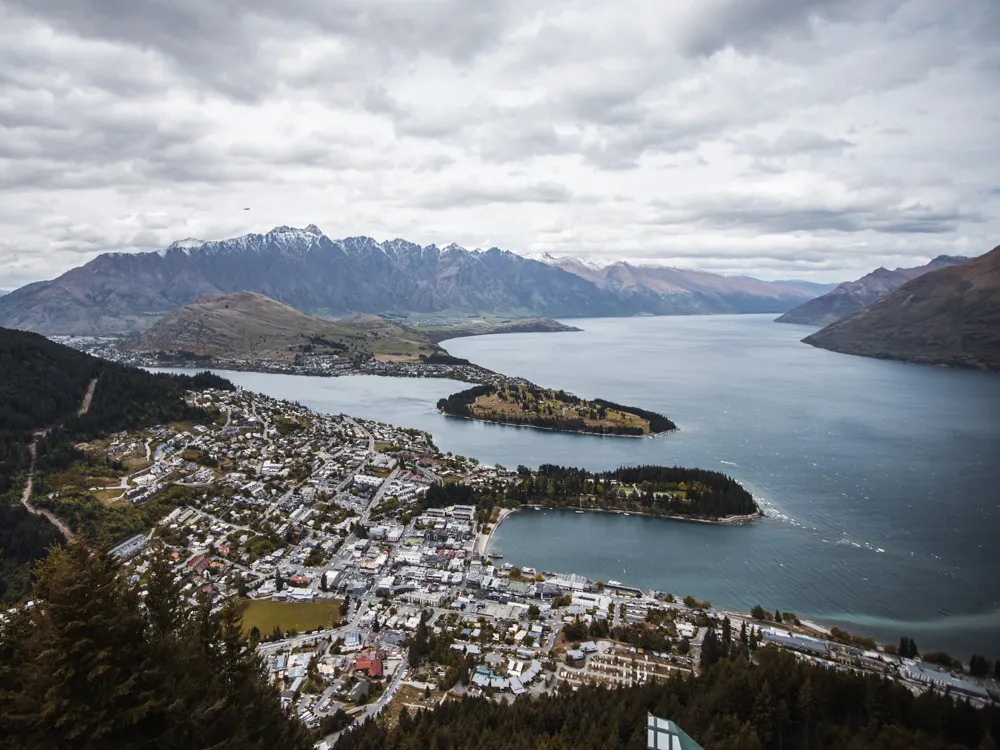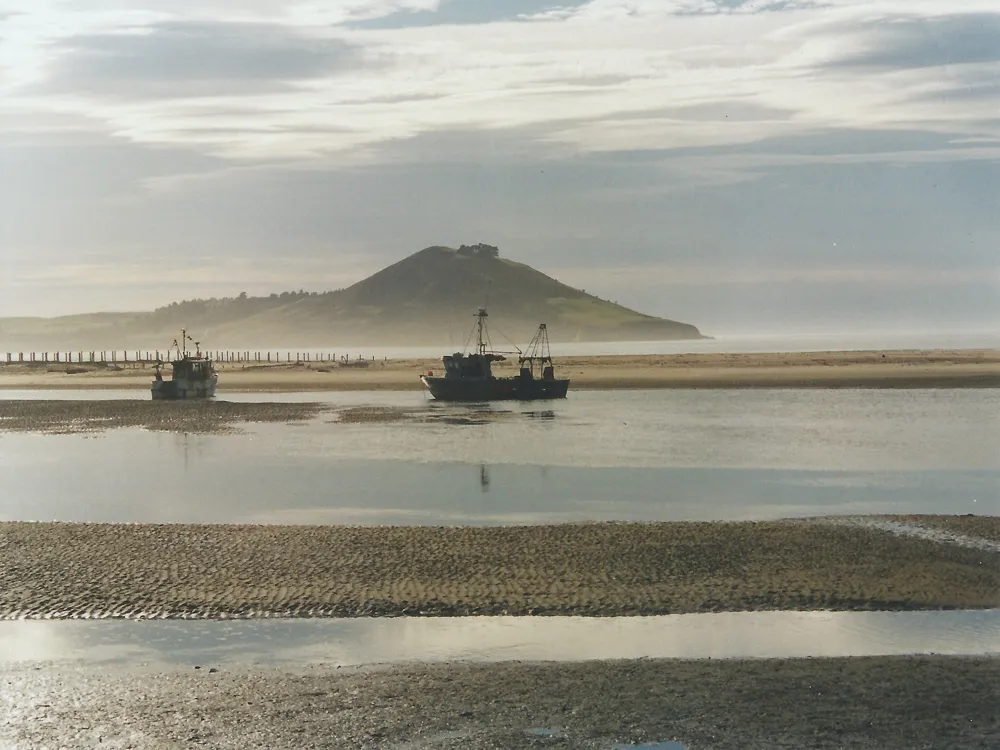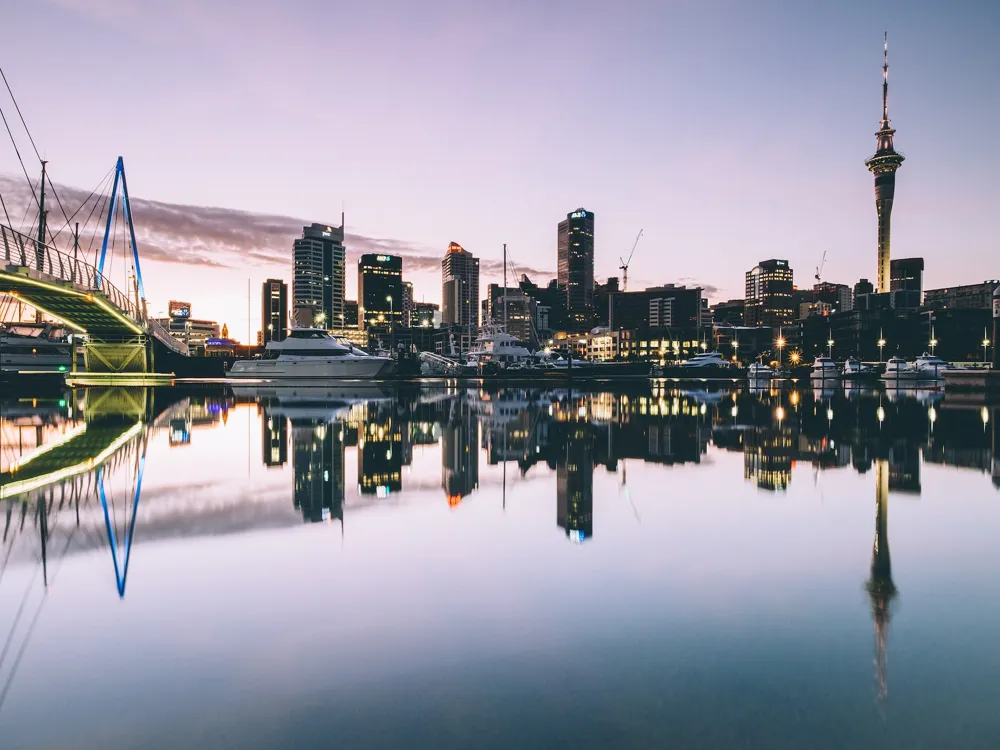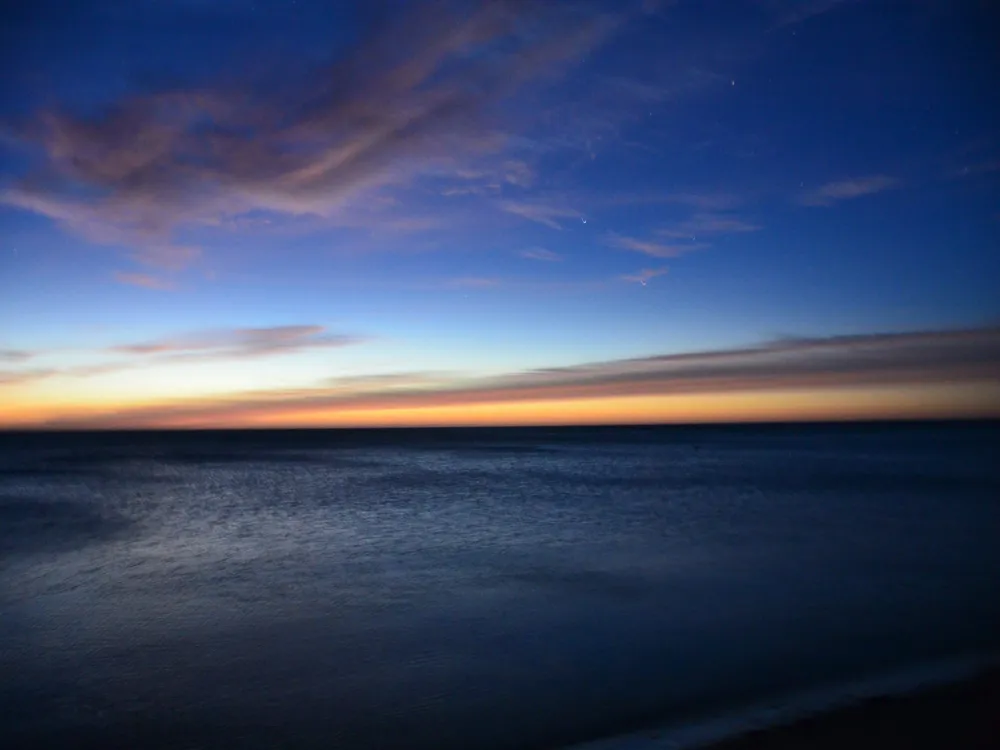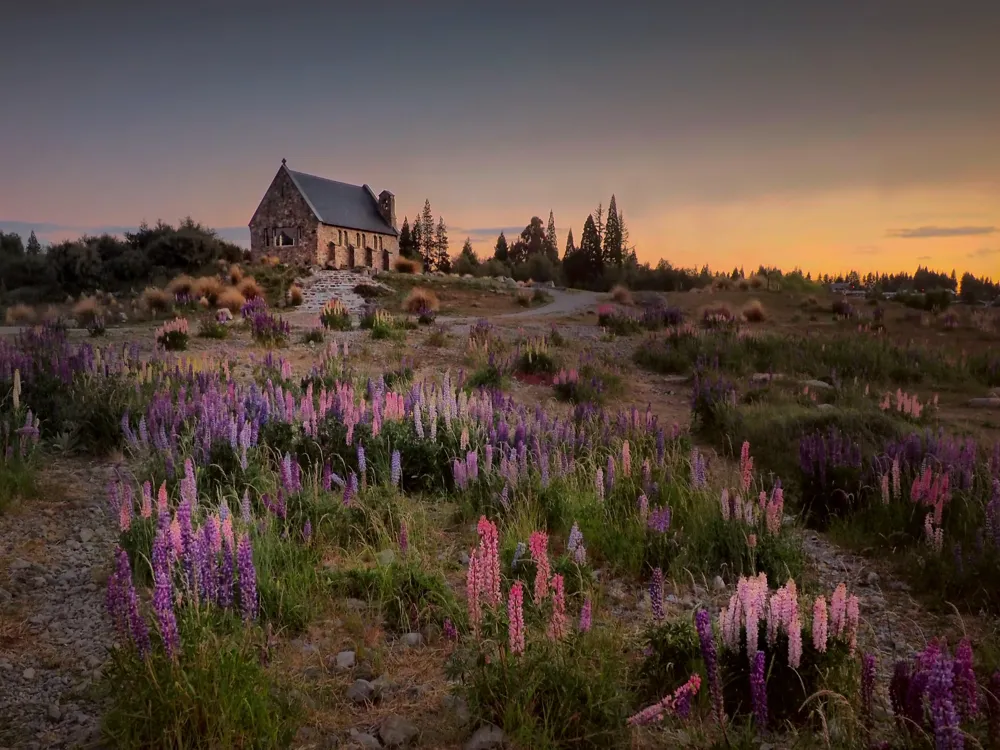Nestled in the Otago region of New Zealand, Dunedin is a city of rare charm and vibrant history. Known for its Scottish heritage, it's often referred to as the 'Edinburgh of the South.' The city is a blend of historical elegance and contemporary culture, making it a unique destination for travelers. From the bustling Octagon city center to the tranquil beaches of the Otago Peninsula, Dunedin offers a diverse range of experiences.
The city's history dates back to the early Maori settlers and saw a transformation during the Otago Gold Rush in the mid-19th century. This period led to an economic boom, which is reflected in the city's grand Victorian and Edwardian architecture. Today, Dunedin is a thriving center for education, with the prestigious University of Otago providing a youthful energy to the city. Its natural surroundings, including lush hills and a picturesque harbor, offer endless opportunities for outdoor activities.
Dunedin's cultural scene is as rich as its history. The city boasts an array of museums, galleries, and theaters. It is also a haven for wildlife enthusiasts, with rare species like the yellow-eyed penguin and the royal albatross calling the nearby reserves home. As for gastronomy, the city offers a culinary journey with its fine dining restaurants, quaint cafes, and traditional Scottish cuisine, reflecting its cultural heritage.
The city's commitment to sustainability and conservation is evident in its practices and community initiatives. This eco-conscious approach makes Dunedin not just a destination to visit, but an experience to be a part of. Its unique blend of history, culture, and natural beauty makes Dunedin a must-visit city on New Zealand's South Island.
Dunedin's architecture is a testament to its rich history and cultural heritage. The cityscape is dominated by Victorian and Edwardian buildings, reflecting the prosperity of the Otago Gold Rush era. These historical structures are not just visually stunning but also tell the story of the city's evolution over time.
The heart of Dunedin's architectural splendor can be found in The Octagon, an eight-sided plaza that forms the core of the city. Surrounding this central hub are some of Dunedin's most iconic buildings, including the Dunedin Town Hall, Municipal Chambers, and St. Paul's Cathedral, each boasting intricate designs and historical significance.
Perhaps the most famous of Dunedin's architectural landmarks is the Dunedin Railway Station. Built in the early 20th century, this Flemish Renaissance-style building features white Oamaru limestone facings on black basalt rock, making it a striking feature of the city's skyline. The attention to detail in its mosaic floors, stained glass windows, and wrought iron work is a marvel in itself.
Another notable mention is the Larnach Castle, New Zealand’s only castle, perched on the picturesque Otago Peninsula. Its unique blend of Scottish baronial and Gothic revival styles, set against the backdrop of lush gardens and breathtaking views, makes it a must-visit for architecture enthusiasts.
Beyond these grand structures, the city is dotted with beautifully preserved Victorian homes, public buildings, and churches. These architectural wonders are not just aesthetically pleasing but also serve as a window into the past, offering insights into the lives of those who built and dwelled in them.
Dunedin is enchanting year-round, but the best time to visit is during the summer months (December to February) when the weather is warm and conducive for exploring the outdoors. However, if you prefer cooler temperatures and fewer crowds, spring (September to November) and autumn (March to May) are also great seasons to explore the city.
Dunedin is well-connected by public transport, with buses being the primary mode of city travel. However, to truly explore the hidden gems of the city and its surrounding areas, renting a car is highly recommended. For those who prefer to stay within the city, cycling or walking can be delightful ways to discover Dunedin’s charm.
When in Dunedin, don’t miss out on trying the local seafood, especially the famous Bluff oysters. The city also offers a range of culinary delights from traditional Scottish fare to contemporary New Zealand cuisine. Be sure to visit a local farmers' market for fresh produce and artisanal foods.
The people of Dunedin are known for their friendliness and hospitality. A basic understanding of local customs, such as a friendly greeting or acknowledging the traditional Maori heritage, is appreciated. It's also important to respect the city’s commitment to sustainability by adhering to eco-friendly practices during your stay.
Aside from its architectural marvels, Dunedin is home to several attractions like the Otago Peninsula for wildlife, the Royal Albatross Centre, and the Olveston Historic Home. Nature lovers should not miss the stunning beaches and the botanical gardens. For art and history buffs, the Dunedin Public Art Gallery and Toitū Otago Settlers Museum are essential visits.
Reaching Dunedin is convenient with multiple options available. The Dunedin International Airport, located 30 minutes from the city center, serves both international and domestic flights. Regular bus services connect the airport with the city. For those preferring scenic routes, traveling by car or train from major cities like Christchurch offers breathtaking views of New Zealand’s landscape.
The city is also accessible by sea, with the Port Chalmers being a frequent stop for cruise ships. Once in Dunedin, the compact city layout makes it easy to navigate, offering a pleasant experience whether you choose public transport, driving, cycling, or walking.
Overview of Dunedin
Architecture of Dunedin
Tips When Visiting Dunedin
Best Time to Visit
Getting Around
Local Cuisine
Cultural Etiquette
Must-Visit Attractions
How To Reach Dunedin
Speights Brewery
Dunedin
₹ 142,000 onwards
View dunedin Packages
Weather :
Tags : Farms & Plantations
Timings : 10:00 AM - 6:00 PM
Time Required : 2-3 hours
Entry Fee : Adult - NZD 30
Child - NZD 14
Planning a Trip? Ask Your Question
Dunedin Travel Packages
View All Packages For Dunedin
Top Hotel Collections for Dunedin

Private Pool

Luxury Hotels

5-Star Hotels

Pet Friendly
Top Hotels Near Dunedin
Other Top Ranking Places In Dunedin
View All Places To Visit In dunedin
View dunedin Packages
Weather :
Tags : Farms & Plantations
Timings : 10:00 AM - 6:00 PM
Time Required : 2-3 hours
Entry Fee : Adult - NZD 30
Child - NZD 14
Planning a Trip? Ask Your Question
Dunedin Travel Packages
View All Packages For Dunedin
Top Hotel Collections for Dunedin

Private Pool

Luxury Hotels

5-Star Hotels

Pet Friendly







